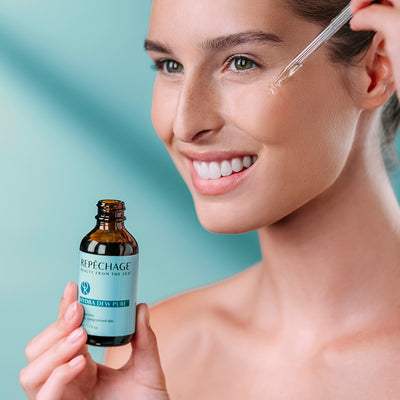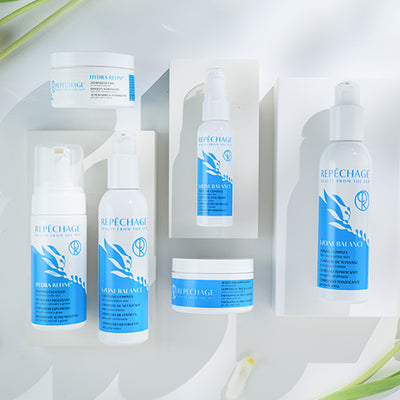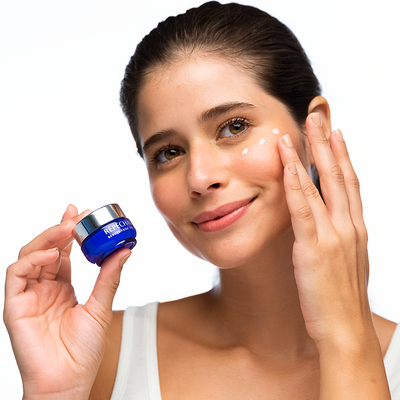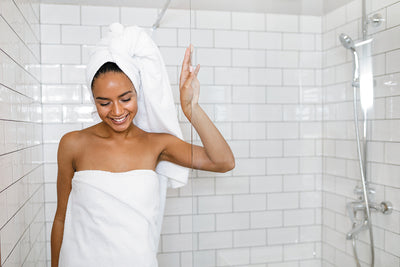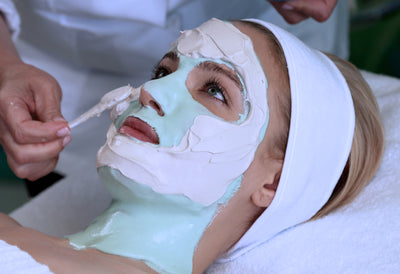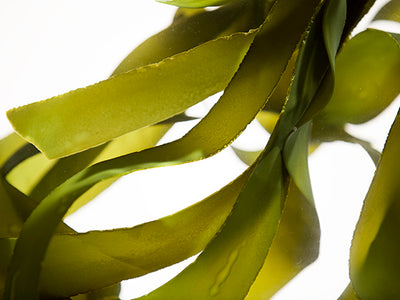Are You Multi-Masking? How to Multi-Mask

If not, you should.
Let’s face it: different parts of your face have different concerns! The question is, what type of mask do you use on each area? While there’s always your favorite face mask to have on hand, we break down common problems that can happen on select areas of our face and a mask that can be used to help address these skin concerns.
T-Zone
The Problem: Oiliness. Even if you have dry or sensitive cheeks, it's common to have an oily t-zone area as this area tends to be oilier than other parts of the face.
The Solution: To control the appearance of oil in the t-zone area, use a face scrub for combination skin twice a week, or fast exfoliating mask for normal to oily skin.
Cheeks & Chin
The Problem: Anything goes in this area, including:
- Sensitivity
- Dry Skin
- Oily Skin/Problem Skin
- Uneven Skin Tone
The Solution (Sensitivity): Cheeks, for some, is one area that tends to be sensitive, reactive and turn red easily. To address this concern, use a soothing sheet mask for sensitive skin one to two times a week, or a cream-based face mask with ingredients to help calm the appearance of the skin.
The Solution (Dry Skin): Cheeks that are super-dry? Give them a deep conditioning treatment with natural hydrating ingredients, such as Codium fragile seaweed, Shea Butter or Mango Seed butter, a rich emollient with nutrients such as beta carotene, B1, B2, B3, B6, calcium, and magnesium. If you prefer a sheet mask, a hydrating seaweed mask can also be used regularly.
The Solution (Oily Skin/Problem Skin): If you experience oiliness or problem skin, your skin needs a deep pore cleanse! A mud mask based on Ichthammol and Kaolin Clay, known to absorb excess sebum, can help reveal a clearer looking complexion.
The Solution (Uneven skin tone): If you’ve had too much fun in the sun during the summer, you may be seeing dark spots on your face. If this is the case, use a brightening mask that incorporates natural ingredients that can help brighten the appearance of the skin, such as Iglycolic acid, kojic acid, and pelvetia seaweed extract. A brightening sheet mask can also be used one-two times a week to improve the appearance of uneven skin tone.
Eyes
The Problem:
- Puffy Eyes
- Bags
- Dark Circles
- Tired-Looking Eyes
The Solution: An eye mask or eye pads with seaweed, natural tea extracts, and cucumber, all of which are known to have anti-oxidant and soothing properties, is going to help reduce the appearance of puffiness and refresh this area.



